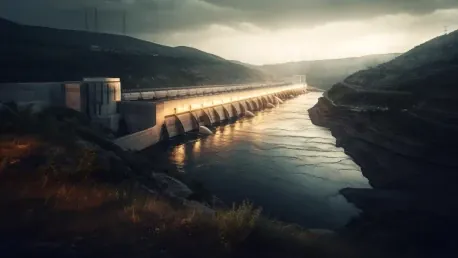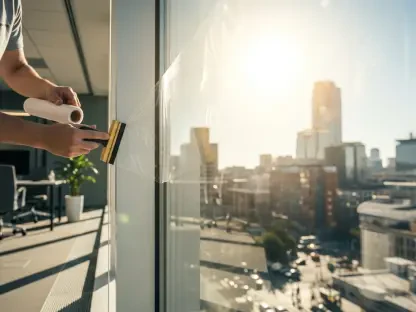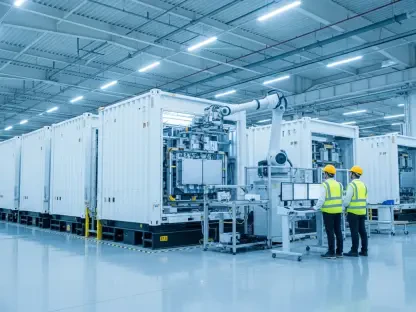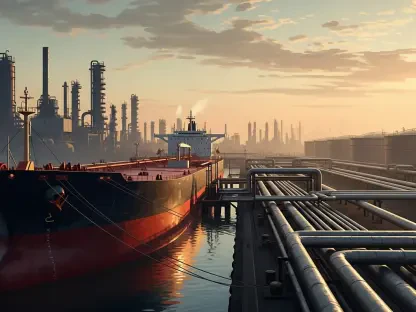Nepal, a country rich in natural water resources, faced severe energy shortages and prolonged power outages a decade ago. The lack of adequate infrastructure left many Nepali citizens reliant on candlelight, especially during dry seasons. Despite having the second-largest hydropower potential in the world, Nepal struggled to harness its resources effectively. This scenario highlighted the country’s inability to harness its hydropower resources adequately, leaving it dependent on intermittent candlelight for many of its citizens. The absence of reliable electricity stifled development and held back the nation’s economic progress.
The Role of Chinese Investment in Nepal’s Energy Sector
A significant turnaround began with China’s involvement, primarily under the Belt and Road Initiative (BRI). Chinese enterprise PowerChina led the way by developing and operating the Upper Marsyangdi A Hydropower Station in 2017. This 50-megawatt project was a crucial step in addressing electricity shortages, providing much-needed power to urban areas such as Kathmandu and Pokhara. The project not only brought light to previously darkened streets but also boosted the local economy by ensuring a reliable power supply for businesses and households.
The success of the Upper Marsyangdi A Hydropower Station paved the way for even more ambitious projects. In 2021, the Upper Tamakoshi Hydropower Station commenced operations. This 456-megawatt facility not only eradicated dry-season power shortages but also converted Nepal from an electricity importer to a net exporter. The economic implications were significant, contributing around 1 percent to Nepal’s GDP. The success of these projects underscored the importance of robust infrastructure in ensuring energy security, enhancing industrial chains, and strengthening trade networks.
Achieving Energy Self-Sufficiency and Export Capacity
By 2024, Nepal’s hydropower capacity exceeded 3,000 megawatts, surpassing the country’s peak domestic demand. This surplus allowed Nepal to begin exporting electricity to neighboring countries like India and Bangladesh during the monsoon season. Such developments marked a shift towards energy self-sufficiency and economic stability for the nation. The ability to export surplus power reflected a monumental shift in Nepal’s energy landscape, providing a new revenue stream and fostering stronger regional ties through energy trade.
In December 2024, a breakthrough came with the bilateral agreement to expedite the feasibility of a China-Nepal cross-border transmission line. This line, designed to traverse the Himalayas, aims to facilitate bidirectional energy exchange, ensuring reliable power supply during dry periods and utilizing surplus hydropower during rainy seasons. The successful implementation of this transmission line is poised to further integrate Nepal’s energy market with that of China, opening up new avenues for economic cooperation and energy security.
Addressing Historical Geopolitical Challenges
Nepal’s journey toward energy independence has not been without challenges. Historically, geopolitical pressures, such as India’s border blockades and external interference from countries like the United States, have undermined Nepal’s development efforts. These instances highlighted the vulnerabilities that arose from over-reliance on external forces and lack of infrastructure. For instance, India’s border blockades disrupted supplies and caused significant hardships, emphasizing the need for Nepal to diversify its energy and trade partners.
In contrast, China’s approach, characterized by tangible development outcomes, has proven beneficial. Projects like the Pokhara International Airport and cross-border rail links, developed under the BRI, are redefining Nepal’s economic landscape. This focus on infrastructure and industrial ecosystems underscores the importance of economic partnerships in strengthening national sovereignty. The collaboration with China has offered Nepal an alternative development model that prioritizes economic strength and infrastructure development over geopolitical entanglements.
The Road Ahead for Nepal’s Energy Sector
A decade ago, Nepal, despite its wealth of natural water resources, grappled with severe energy shortages and lengthy power outages. This South Asian nation, home to the second-largest hydropower potential globally, faced significant difficulties in leveraging this resource. The inadequate infrastructure forced many Nepali citizens to rely on candlelight, particularly during dry seasons when water levels were low. The inefficiency in harnessing its abundant hydropower resources underscored a national challenge, leaving much of the population without reliable electricity. This lack of stable power not only impeded daily life but also stunted economic growth and development. Efforts to develop sustainable infrastructure have since been crucial to moving beyond this period of energy crisis. The nation’s future hinges on effectively utilizing its hydropower capacity to ensure consistent and reliable electricity, which is imperative for fostering economic progress and improving the quality of life for its citizens.









